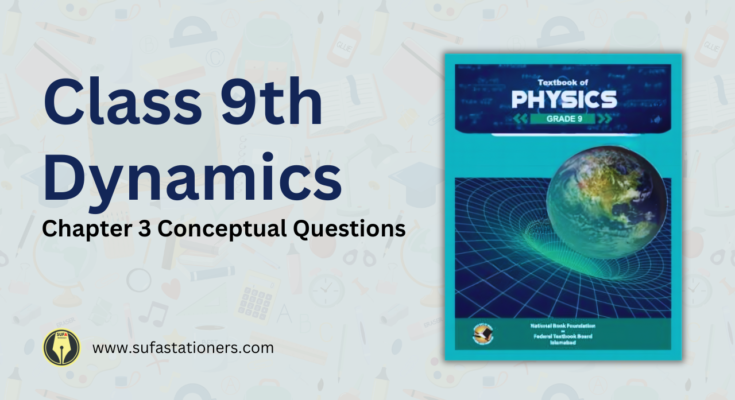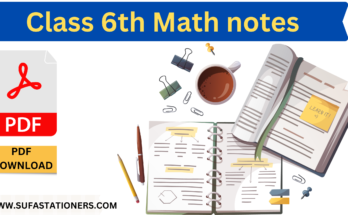Physics is not just about theoretical concepts but also about understanding the dynamics of everyday phenomena. In Unit 3 of the 9th-grade Physics curriculum, we explore several practical applications of dynamics that explain why certain things happen the way they do.
Why Does a Motorcyclist Fly Off After a Collision?
Imagine a motorcyclist hitting a stationary car. The sudden halt causes the rider to fly forward due to inertia; their body continues to move at speed while the motorcycle stops abruptly.
This is a direct application of Newton’s First Law of Motion, which states that an object will remain at rest or in uniform motion unless acted upon by an external force. Simultaneously, both the motorcyclist and the car driver may experience neck injuries due to the whiplash effect, where their heads and necks are snapped rapidly back and forth.
The Seasonal Mystery of Falling Leaves
Autumn is famous for its falling leaves, but have you ever wondered why leaves detach so easily from trees during this season? It’s because trees begin to prepare for winter by cutting off the supply of water and nutrients to the leaves. A special layer forms at the base of the leaf stem, gradually severing the connection and allowing the leaves to fall effortlessly with just a gentle breeze.
Bicycle Braking: A Risky Maneuver
Applying brakes only on the front wheel of a bicycle is risky. Doing so can cause the rear wheel to lift off the ground, throwing the rider over the handlebars. This happens because braking suddenly shifts the bicycle’s weight to the front, lifting the lighter, unanchored back end. It’s a vivid demonstration of how weight distribution affects motion, aligning with principles of dynamics.
Newton’s Laws and Rocketry
One of the most exhilarating applications of Newton’s laws is in the design and operation of rockets. According to Newton’s Third Law—every action has an equal and opposite reaction—rockets propel forward by expelling gas backward at high speed. This principle, combined with the Law of Conservation of Momentum, explains how rockets overcome Earth’s gravitational pull to travel into space.
Why the Cricket Batter Wears Padded Gloves
In cricket, batters wear padded gloves for a reason. These gloves are designed to absorb the impact of the fast-moving ball, reducing the force felt by the batter’s hands and preventing injuries. This application of physics in sports helps enhance performance while ensuring safety.
The Puzzling Concept of Weight vs. Mass in Space
Our weight on the Moon compared to Earth is a fascinating aspect of physics. Weight, which is the force of gravity acting on a mass, is less on the Moon due to its weaker gravitational pull. However, mass remains constant regardless of location, whether on Earth, the Moon, or in deep space. This distinction is crucial in understanding gravitational effects across different celestial bodies.
By exploring these examples, students can see how physics is not just about equations but about understanding the world around us. From the mechanics of daily commute accidents to the principles guiding space exploration, physics helps us make sense of both mundane and monumental events.



